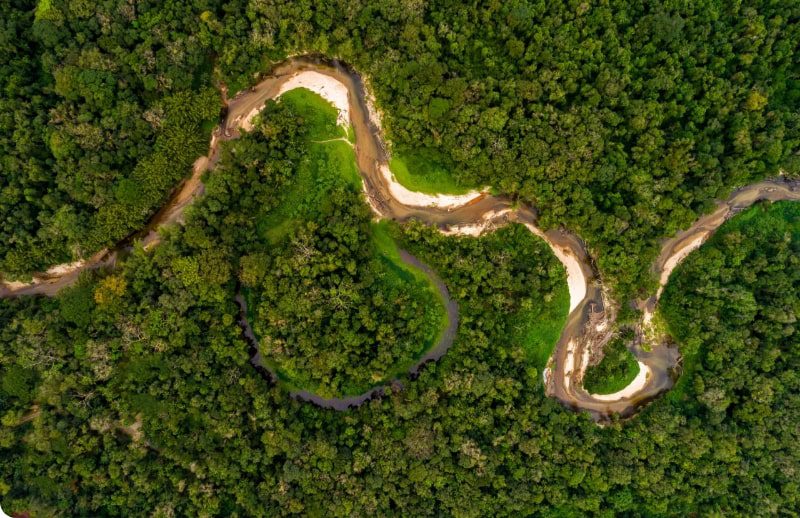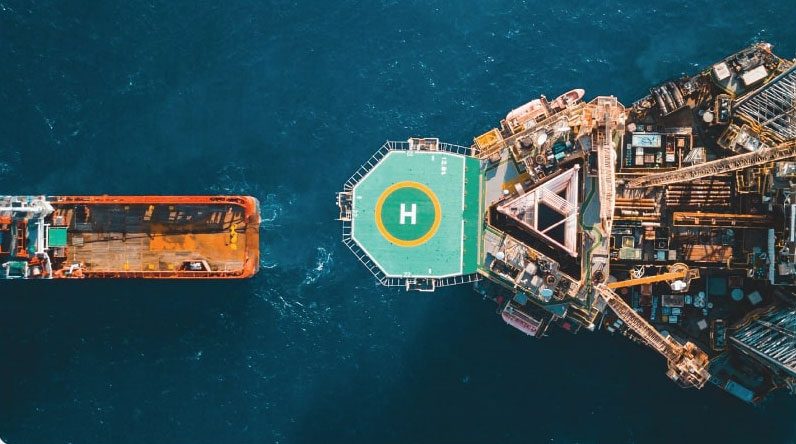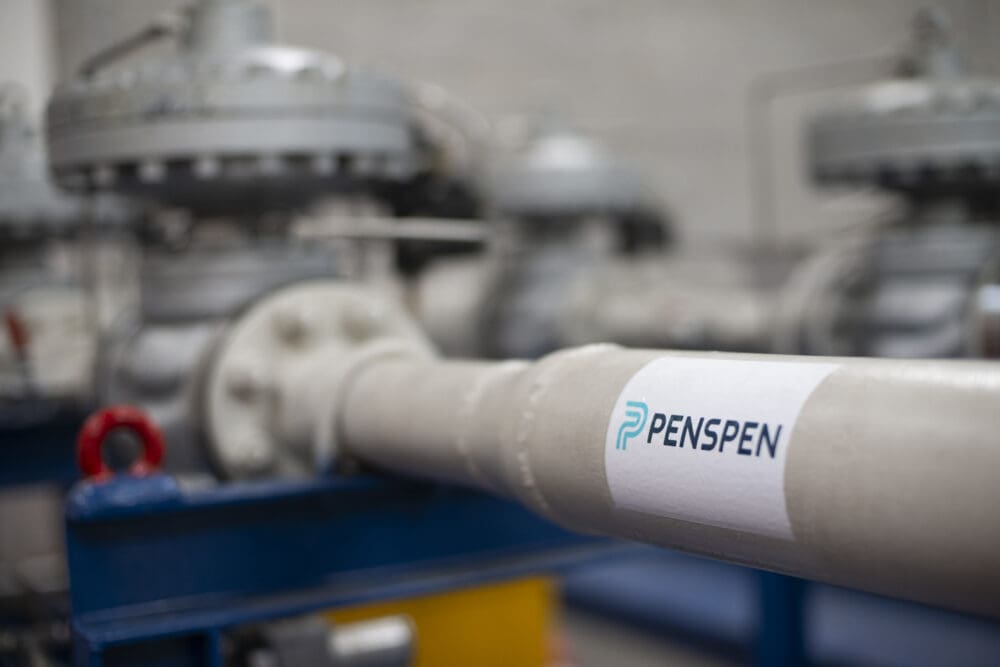Risk Assessment
Pipelines must provide a safe method of transporting energy, and pipeline operators must ensure that the public, the environment and property are protected from any associated risks.
Pipelines are safe because they are designed to recognised and proven design codes and they are continually maintained and inspected during service. Operators are aware of the risks that a pipeline poses to the surrounding public and environment and take steps to ensure that the risk is kept to the lowest level that is reasonably practicable. This ‘risk management’ during service is usually focussed on preventing damage to the pipeline, and deterioration due to corrosion.
Risk assessment methodologies have been used extensively in other industries for a number of years (e.g. process, and nuclear), but it is only recently that are they being applied to pipelines. With the issuing of the Pipelines Safety Regulations by the HSE, the application of risk assessment methods to pipelines has increased dramatically.
A risk assessment can be used for a wide variety of applications, but the basic methodology is the same irrespective of the industry or the application.
A risk assessment may be either qualitative or quantitative. In some cases qualitative assessments may be sufficient, for example if it can be shown that the failure frequency will not increase as a result of a design infringement; in other cases a quantitative analysis will be required.
Penspen Integrity staff are experienced in the application of the following risk assessment methodologies:
- HAZID – Hazard Identification;
- HAZOP – Hazard and Operability Studies;
- HAZAN – Hazard Analysis;
- FMEA – Failure Modes and Effects Analysis;
- FMECA – Failure Modes Effects and Criticality Analysis;
- QRA – Quantified Risk Analysis;
- FTA – Fault Tree Analysis;
- ETA – Event Tree Analysis;
- RLP – Remnant Life Prediction;
- RBDM – Risk Based Decision Making.
Benefits
Applying risk based methodologies which allow risks to be measured and compared can provide considerable benefits, such as:
- Saving money (by justifying changes);
- Improving safety (by targeting resources).
The key benefit is that risk assessment allows decisions to be made and resources to be allocated within a transparent, logical and consistent framework.
Penspen have considerable experience in using risk assessments, and applying risk methodologies.
Our services
- Assessments of proposed and modified pipeline systems to determine the acceptability of the design or modification. This also includes changes in use;
- Assessments to determine the mitigation measures that are necessary for new designs;
- Assessments to determine appropriate safety management systems;
- Assessments of installation procedures;
- Assessments to determine the acceptability of damaged pipelines;
- Assessments to determine the measures necessary for pipeline modifications;
- Assessments to determine the most appropriate inspection and maintenance strategy (RBI);
- Assessments to determine the most appropriate repair and rehabilitation strategy;
- Assessments to determine the remnant life, and necessary mitigation, for extending the life of pipelines.




